git成员管理(第二种添加账户)
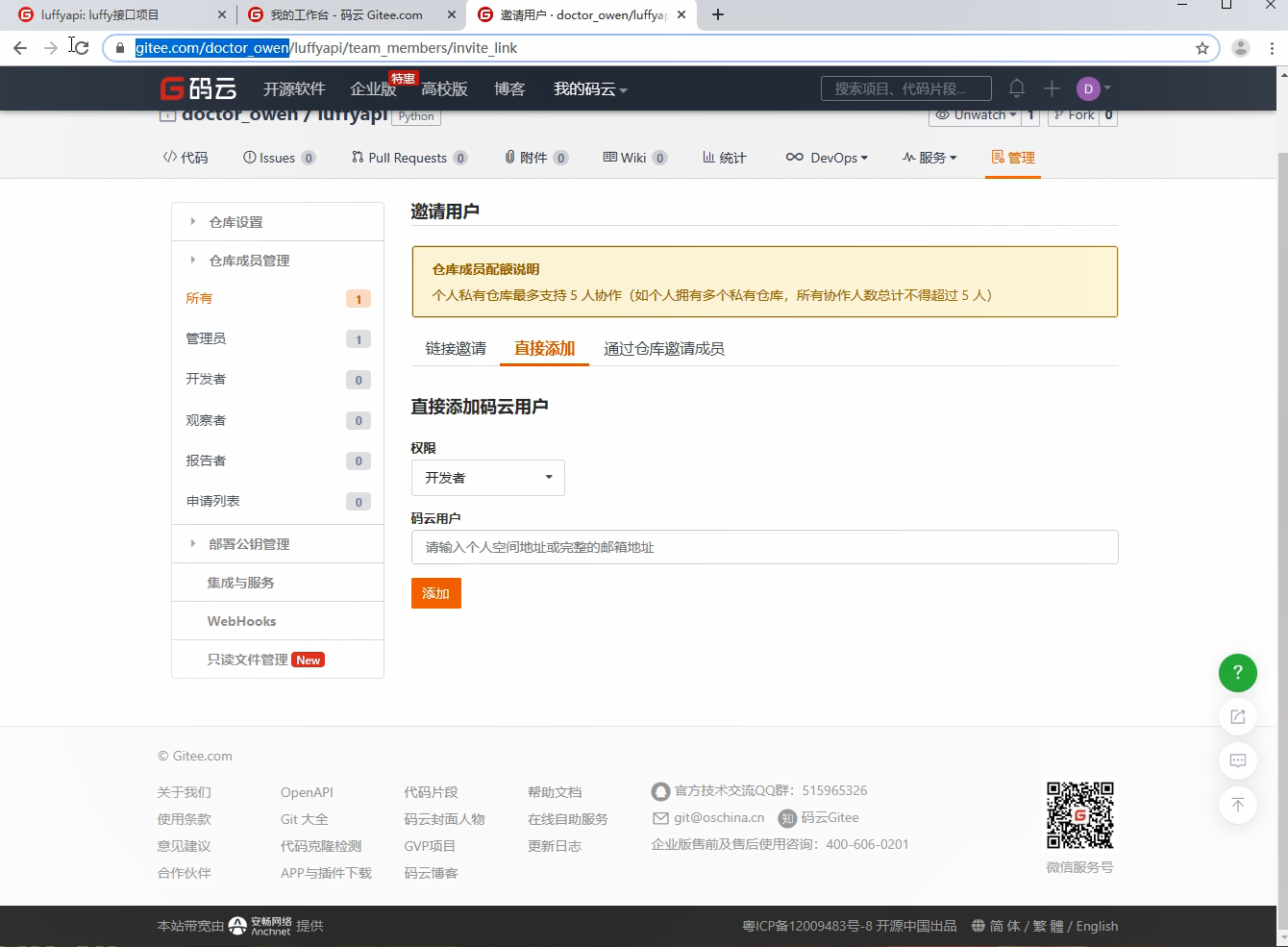
git分支管理

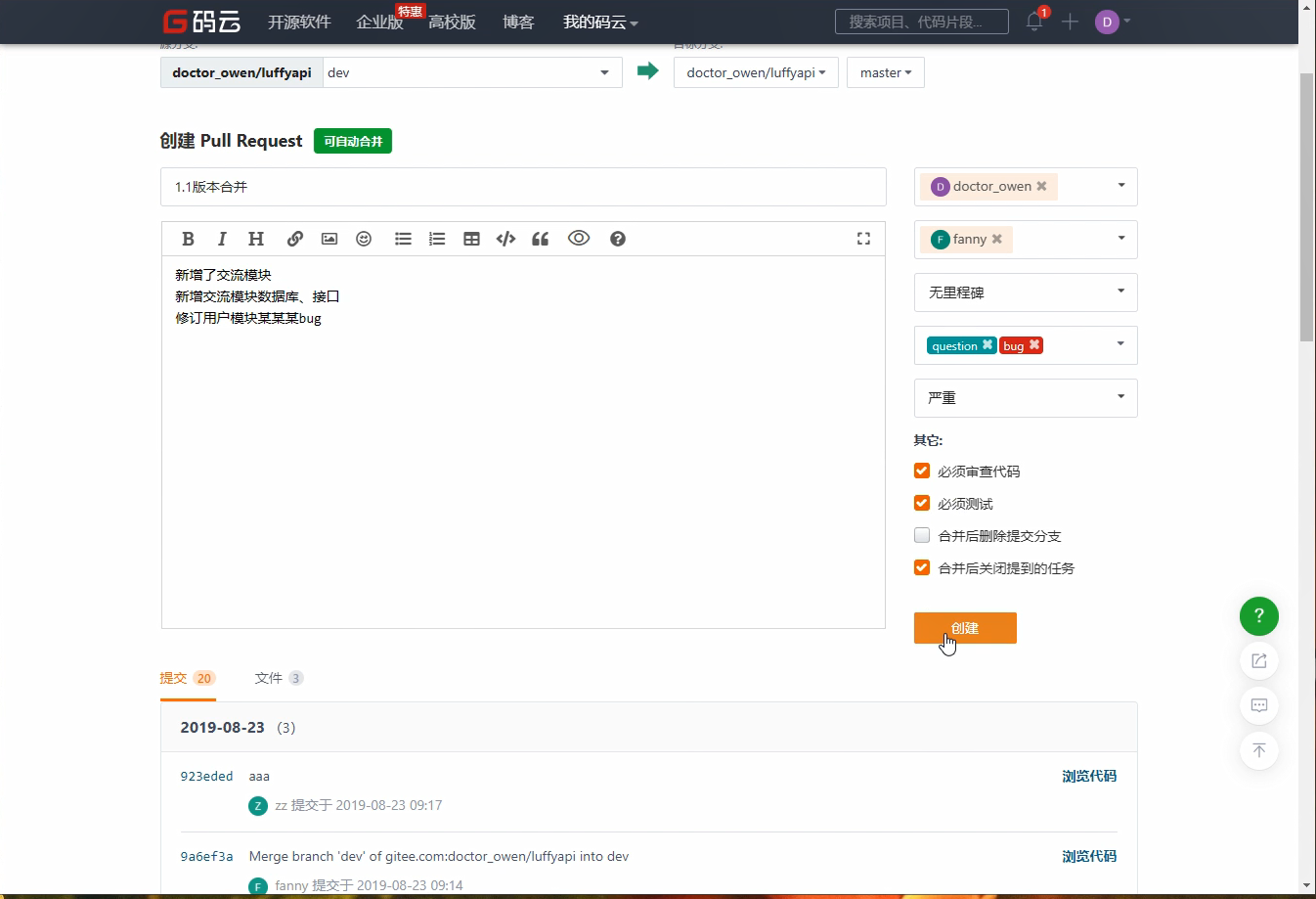
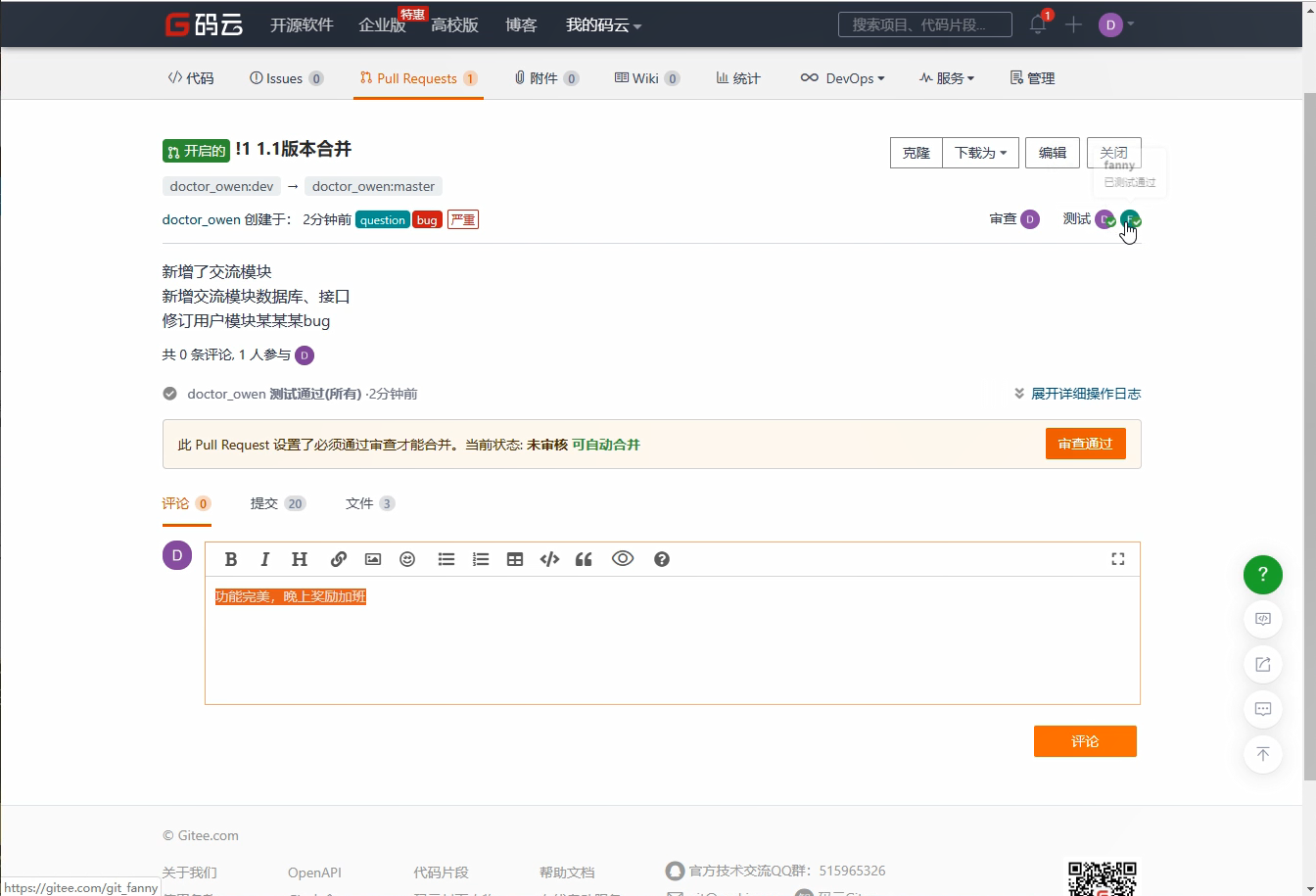
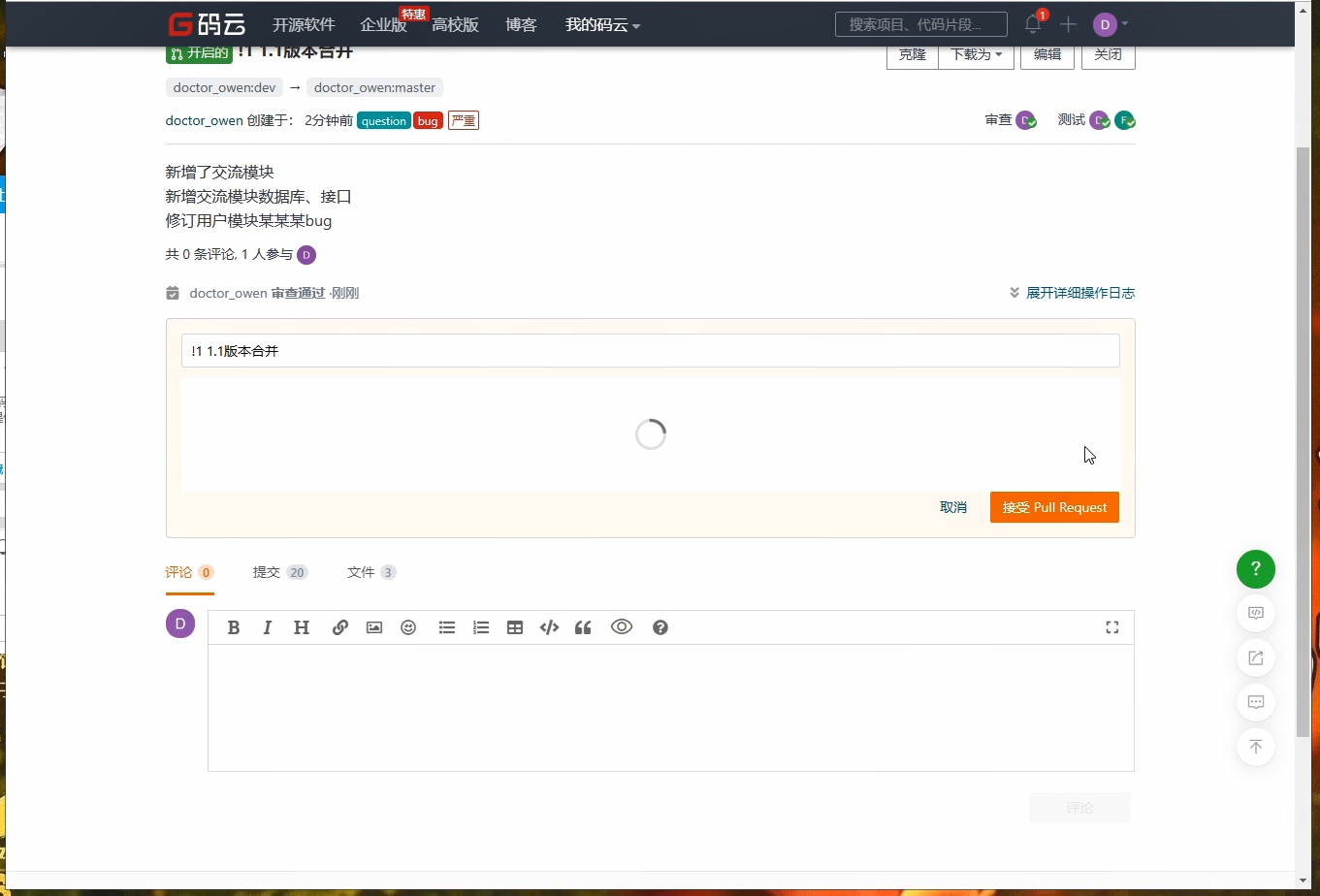
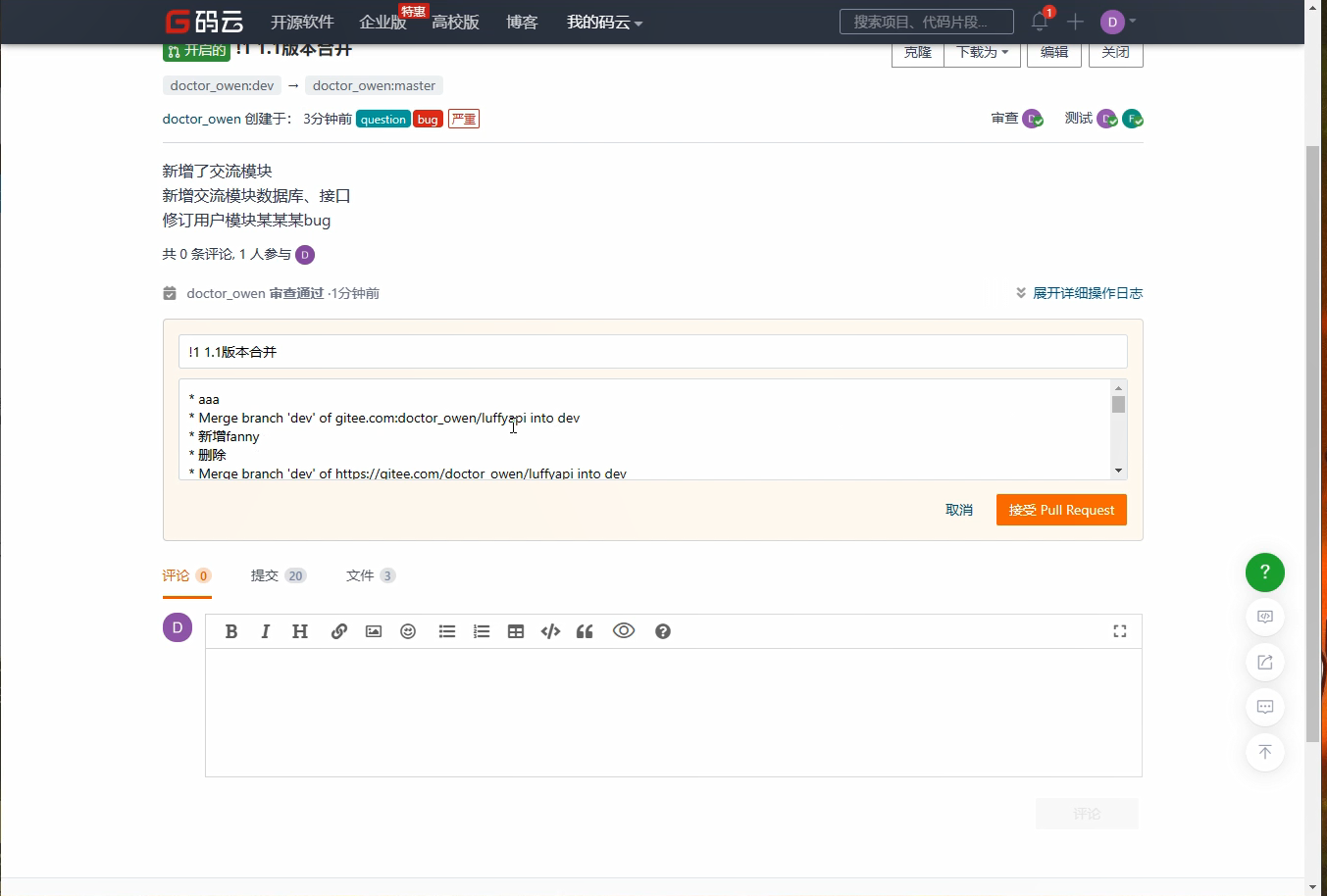
redis数据库(非及时数据使用)
1.安装redis与可视化操作工具 选择安装路径、圈中默认配置环境变量 2.在服务中管理redis服务器的开启关闭 3.命令行简单使用redis: 启动客户端:redis-cli 支持:字符串、字典、列表、集合、有序集合 使用方法:https://www.runoob.com/redis/redis-tutorial.html 4.特点:可持久化存储、单线程单进程并发、内存中的数据库(效率高)
python使用redis数据库
依赖: pip3 install redis 1.直接使用 import redis r = redis.Redis(host='127.0.0.1', port=6379) 2.连接池使用 import redis pool = redis.ConnectionPool(host='127.0.0.1', port=6379) r = redis.Redis(connection_pool=pool) 3.作为缓存数据库使用 a.依赖: pip install django-redis b.将缓存存储位置配置到redis中:settings.py CACHES = { "default": { "BACKEND": "django_redis.cache.RedisCache", "LOCATION": "redis://127.0.0.1:6379", "OPTIONS": { "CLIENT_CLASS": "django_redis.client.DefaultClient", "CONNECTION_POOL_KWARGS": {"max_connections": 100} } } } c.操作cache模块直接操作缓存:views.py from django.core.cache import cache